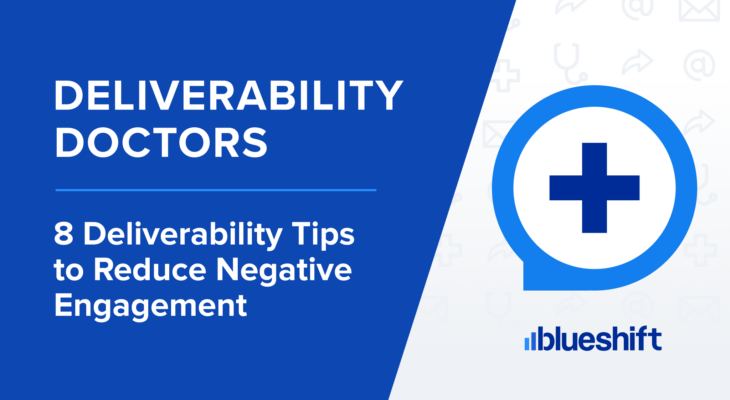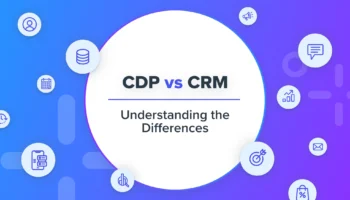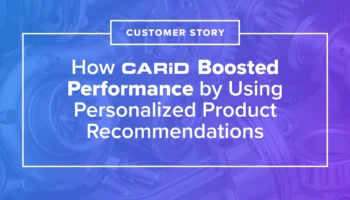To ensure that your customers’ preferences and interests are up-to-date, send regular survey emails to gather feedback from your subscribers. This not only helps with better segmentation but also improves customer satisfaction and engagement.
Make sure to prominently display the unsubscribe option so that users can easily opt-out if they choose to do so, rather than complaining or marking your emails as spam. By implementing a preference center, you can understand why customers are opting out and adjust your targeting accordingly.
In summary, to reduce negative engagement you should regularly monitor the performance of your campaigns and make any necessary changes based on your unsubscribe and spam complaint rates. It’s best to keep complaints at or below 0.01% and unsubscribes at or below 0.1% as lower negative engagement rates generally lead to better inbox placement. While your content may vary based on seasons or target audience, ensure that it remains consistent, on-brand, and never too far off-topic.
Anu Erisetti is deliverability analyst at Blueshift.



